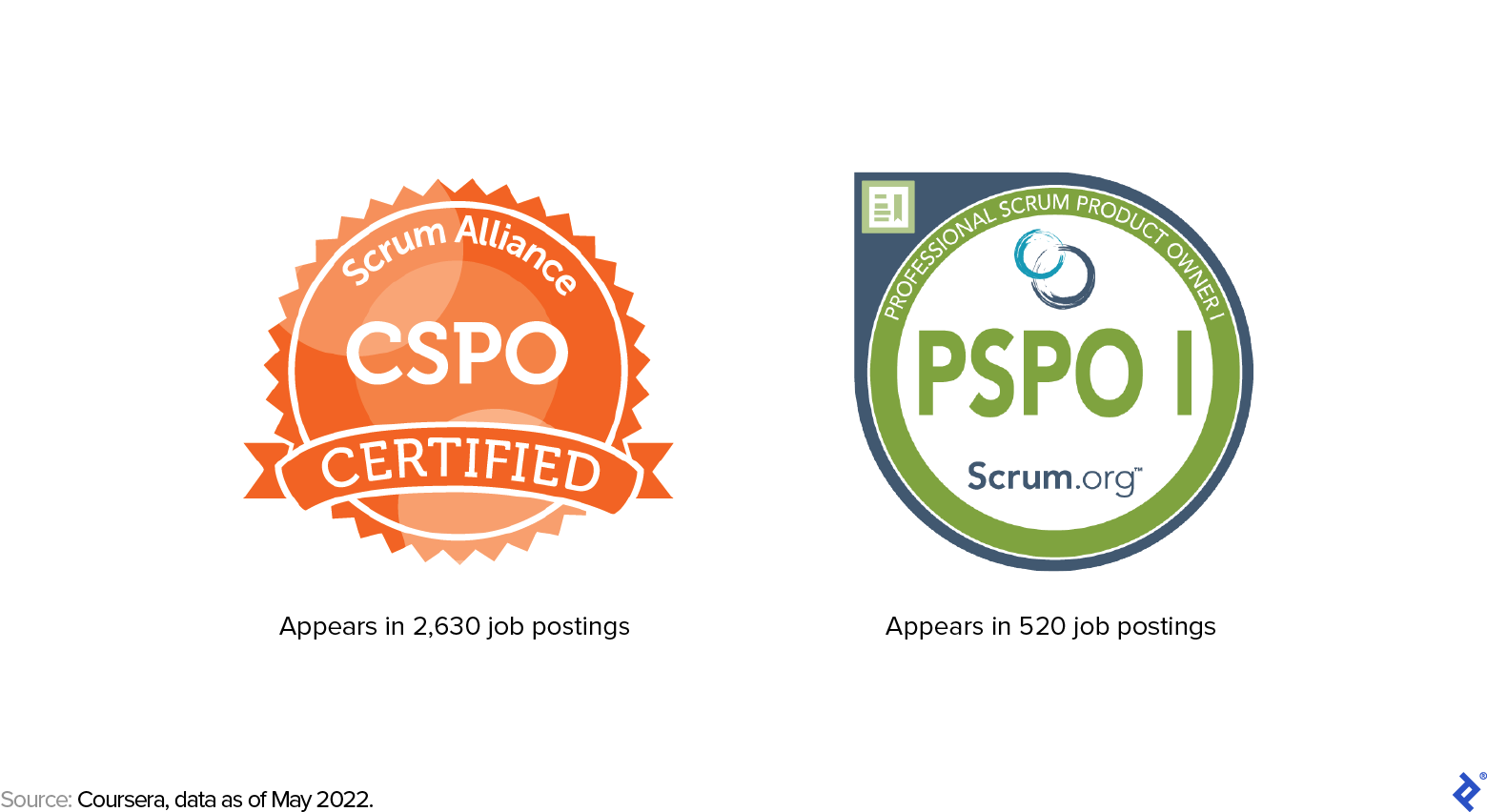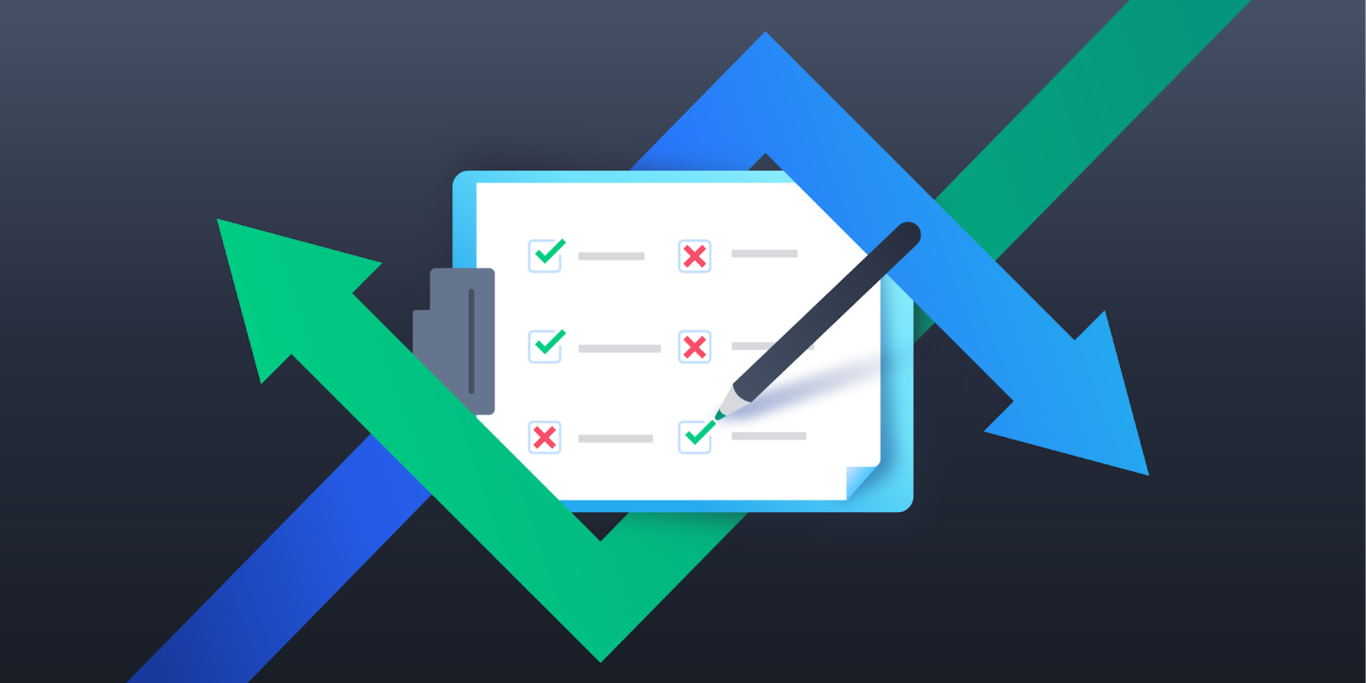What Is a Product Owner? A Project Manager’s Guide
It’s not uncommon for project managers to be assigned duties that should belong to a product owner. Find out how you can use this role confusion to your advantage, and increase your skills in both arenas.
It’s not uncommon for project managers to be assigned duties that should belong to a product owner. Find out how you can use this role confusion to your advantage, and increase your skills in both arenas.
Elizabeth is a Certified Scrum Master and Certified Product Owner with more than a decade of experience in Agile project management. She has built and supported a variety of software products, including a complex IoT yacht security monitoring system with hardware, mobile, and web apps, and a mobile e-commerce platform for industrial metals company O’Neal Steel.
I didn’t plan on becoming a product owner. Some years ago, the company I worked for as a project manager went through a round of layoffs and began assigning product owner responsibilities to project managers. This isn’t ideal—but in speaking with colleagues since then, I’ve realized this role commingling is incredibly common. Because of chronic staffing shortages, product owner tasks get assigned to anyone capable of performing them; budget constraints may cause a company to hire one person to perform the roles of both a project manager and product owner; or hiring managers may simply be more interested in acquiring talent than assigning accurate job titles.
Fortunately, the duties of a product owner—such as advocating for the customer, writing user stories, creating documentation, and prioritizing the backlog—aren’t wildly outside the bounds of most project managers’ abilities. While the main goals of project managers and product owners may be different, the skills required to achieve them overlap in many ways.
As a project manager, you may find yourself being asked to do the duties of a product owner at some point soon. You may even aspire to officially move into a full-time product owner role, as I did. This guide will help you excel in cross-role assignments and bring a broader understanding of both project and product to your current job.
Product Owner vs. Project Manager: Understanding the Different Roles
Project managers have a wide range of duties. They assemble development teams, guide and coach team members, and resolve impediments. While it’s a multifaceted role, when a project manager is setting deadlines, monitoring progress, and estimating costs, they are acting as an advocate for the company, making sure a project stays on schedule and on budget.
Product owners, on the other hand, are an advocate for the customer—they ensure the developers know what the customer wants, even if the customer doesn’t know yet. More specifically, product owner duties include developing and communicating goals for the product, prioritizing the product backlog, communicating with stakeholders across the company, and anticipating customer needs.

It’s healthy to have a bit of friction between the goals of the project manager and the product owner; having a separate advocate for each priority helps maintain a balance between the competing interests. For instance, a project manager may want to cut a product’s scope to protect the timeline. But a reduced scope may be at odds with creating value for the customer.
There’s a natural conflict of interest when a project manager—focused on adhering to the constraints of schedule and budget—handles both roles. If you’re asked to do it, be careful that one important interest (customer satisfaction) doesn’t get ignored in favor of others (time and money).
Building Crossover Skills
Even when project manager and product owner are two distinct jobs and everyone is in their proper workstream, I’ve found that the skills I’ve developed in one role have helped tremendously when I take on the other. Both project management and product ownership require:
- Effective communication. This is a cornerstone of project management and product ownership because both roles require extensive interaction with other people, including the project team and external stakeholders.
- Organization. Project managers and product owners should both be able to manage competing priorities and requirements, whether within a project or related to a product.
- Conflict resolution. It falls on both roles to resolve intrateam conflicts, as well as conflicts between the team and stakeholders. Project managers have to resolve conflicts with resource constraints, while product owners must be able to resolve conflicts related to differing opinions on product value.
- Delegation. Both roles should be adept at balancing the tasks and responsibilities of their teams to get things done with greater efficiency.
Building effective cross-role talents can be a tremendous boon for project management consultants moving back and forth between several positions, people looking to make a full career transition into a product role, or project managers who simply want to level up their performance.
If you find yourself being asked to function as a product owner in your current role, you can start to perform the basic responsibilities of that role by:
- Developing and communicating the goals for the product.
- Prioritizing the product backlog for the development team.
- Creating user stories (or making sure the creation is delegated to others).
- Gathering and clarifying requirements.
- Writing documentation.
- Working with the development and UX teams to ensure requirements are clear.
Together, these competencies help teams understand customer needs and deliver products with maximum value.
Improving Your Product Owner Skills
The skills detailed in the table below are essential for a product owner to cultivate. They can also help you do a better job as a project manager by setting more realistic goals and task estimates, prioritizing the highest-value features earlier in the project, and identifying risk factors before they become a problem. The degree to which someone masters these skills is what separates a good product owner from a great one.
| Skill | A good product owner … | A great product owner … |
|---|---|---|
| Facilitating | - Relays customer needs to the development team, and represents the development team to the customer. | - Facilitates conversations and guides the decision-making process to ensure there are successful outcomes for everyone involved. |
| Storytelling | - Turns user stories into a backlog for the development team. | - Understands the entire context of solutions that they’re working toward holistically and communicates that story to the team. - Makes the “why” behind product decisions clear, so the team can understand what to do and how to create the best version of any given feature. |
| Anticipating customer needs | - Delivers a product that meets customers’ requests. | - Identifies solutions to problems that the customer didn’t yet know they had. - Evaluates each request and presents the customer with opportunities to solve the problem in unique ways. |
| Knowing when to say no | - Adds features to the product. | - Screens out features that don’t align with the product’s vision or might have negative consequences, such as prolonging development efforts. - Says no to features that are unethical or illegal, and offers viable alternatives without being discouraging or rude. |
Getting an Edge
As a project management professional, it behooves you to understand the purpose and unique skills of a product owner so you can do your current job more effectively or prepare to transition into a new one. On-the-job training is usually best, but to get a jumpstart on your skill journey, take a product owner course through The Braintrust Consulting Group, CAVU, or Scrum.org—or consider pursuing certifications. Certifications not only help you understand a product owner role, they also serve as proof that you are able to perform it in the case of a promotion or new job opportunity. Two particular product owner certifications are preferred by hiring managers, appearing most frequently in Scrum-related job postings:
-
Certified Scrum Product Owner (CSPO): This certification requires attendance in a two-day course but has no test. It is maintained via education units and must be renewed every two years.
-
Professional Scrum Product Owner (PSPO I, PSPO II, PSPO III): While this certification does not require attendance in a course, renewal, or recertification, it does require candidates to pass a lengthy assessment. The three levels of this certification represent increasing degrees of mastery.

Whether you saw product ownership in your future or not, you’re likely to be asked to perform the duties of one at some point in your project management career. T-shaped skills are in demand for a reason—the ability to work cross-functionally can help you get ahead in the workplace and in your career, whether you’re a full-time employee or an independent contractor.
Further Reading on the Toptal Blog:
- Product Managers vs. Project Managers: Understanding Core Similarities and Differences
- Product Manager vs. Product Owner: Who’s Who?
- Stakeholder Management: The Art of Saying No
- Product Backlog Prioritization With Multiple Key Stakeholders: A Case Study
- Product Management Empowered by the Entrepreneurial Mindset
Understanding the basics
What is the role of a product owner?
A product owner develops and communicates product goals, prioritizes backlog items, creates user stories, gathers requirements, and writes documentation, serving as the customer’s advocate on the team and delivering a product with maximum value.
Who is usually the product owner?
Ideally, the product owner will be hired specifically for a role, rather than have the duties assigned to an employee with another title. Product owners usually appear in an Agile framework, serving on the Scrum team alongside the Scrum master and development team.
Are product owners in demand?
Yes. Scrum and Agile adoption rates have continued to rise in recent years—more than 90% of respondents to the 15th State of Agile Report say their company practices Agile—and the World Economic Forum identified product owner as the No. 1 emerging job in product development.
Birmingham, AL, United States
Member since January 4, 2021
About the author
Elizabeth is a Certified Scrum Master and Certified Product Owner with more than a decade of experience in Agile project management. She has built and supported a variety of software products, including a complex IoT yacht security monitoring system with hardware, mobile, and web apps, and a mobile e-commerce platform for industrial metals company O’Neal Steel.

